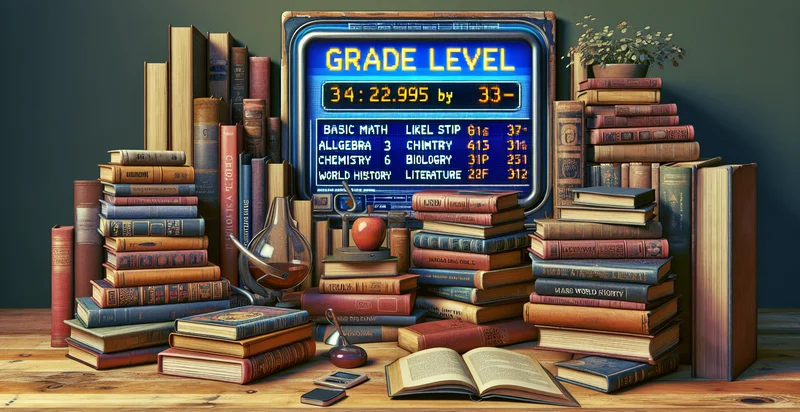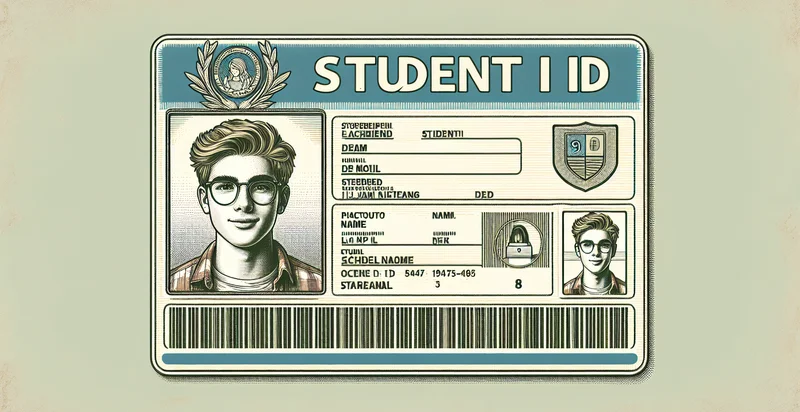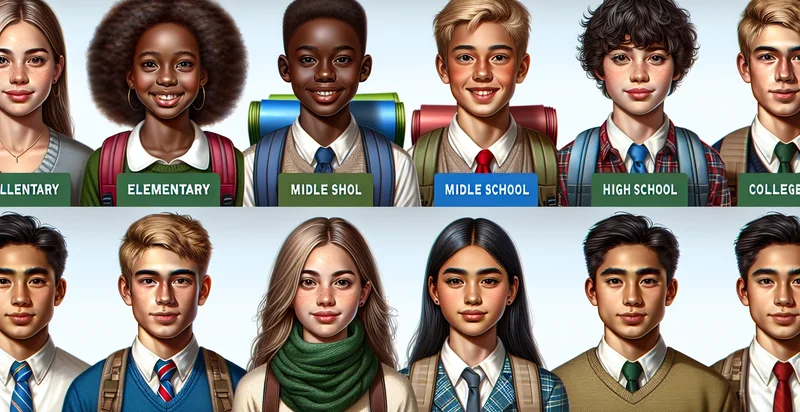Identify likely student grade level by text
using AI
Below is a free classifier to identify likely student grade level by text. Just upload your image, and our AI will predict what grade level a student is likely at based on their text - in just seconds.

Contact us for API access
Or, use Nyckel to build highly-accurate custom classifiers in just minutes. No PhD required.
Get started
import nyckel
credentials = nyckel.Credentials("YOUR_CLIENT_ID", "YOUR_CLIENT_SECRET")
nyckel.invoke("likely-student-grade-level-by-text-identifier", "your_image_url", credentials)
fetch('https://www.nyckel.com/v1/functions/likely-student-grade-level-by-text-identifier/invoke', {
method: 'POST',
headers: {
'Authorization': 'Bearer ' + 'YOUR_BEARER_TOKEN',
'Content-Type': 'application/json',
},
body: JSON.stringify(
{"data": "your_image_url"}
)
})
.then(response => response.json())
.then(data => console.log(data));
curl -X POST \
-H "Content-Type: application/json" \
-H "Authorization: Bearer YOUR_BEARER_TOKEN" \
-d '{"data": "your_image_url"}' \
https://www.nyckel.com/v1/functions/likely-student-grade-level-by-text-identifier/invoke
How this classifier works
To start, upload your image. Our AI tool will then predict what grade level a student is likely at based on their text.
This pretrained image model uses a Nyckel-created dataset and has 22 labels, including Kindergarten and 1St Grade.
We'll also show a confidence score (the higher the number, the more confident the AI model is around what grade level a student is likely at based on their text).
Whether you're just curious or building likely student grade level by text detection into your application, we hope our classifier proves helpful.
Related Classifiers
Need to identify likely student grade level by text at scale?
Get API or Zapier access to this classifier for free. It's perfect for:
- Personalized Learning Pathways: Educational platforms can utilize this multilabel image classification function to tailor learning materials based on the identified grade level of students. By analyzing images of student work, platforms can recommend resources that align with their proficiency and comprehension skills.
- Content Curation for Educators: Educators can leverage this function to curate appropriate teaching materials and activities suitable for students of varying grade levels. By assessing the text in student submissions, teachers can quickly identify the necessary adjustments to their lesson plans and enhance classroom engagement.
- Targeted Interventions: School counselors and administrators can identify students who may need additional support by analyzing their written work and pinpointing their grade-level classification. This information can be used to develop targeted interventions or mentoring programs aimed at helping those students succeed.
- Adaptive Assessment Tools: Testing platforms can integrate this multilabel image classification function to adjust assessments in real-time based on the identified grade level of the student. By aligning questions with the appropriate complexity, platforms can ensure a better evaluation of student knowledge and skills.
- Performance Monitoring: Schools can implement this function to continuously monitor the writing quality of students over time. By keeping track of changes in grade level identification, educators can evaluate the effectiveness of their teaching strategies and make data-driven improvements.
- Parental Engagement: Schools could use this classification technology to provide parents with insights into their children's writing abilities and corresponding grade levels. By sending regular updates, schools can keep parents informed about their child's progress and suggest areas in need of improvement.
- Research and Development: Educational researchers can apply this multilabel image classification function to better understand the correlation between text characteristics and student achievement across different grade levels. The data gathered can help in developing innovative educational materials and methodologies aimed at enhancing student learning outcomes.


